Tips for Daily Habits That Keep Your Spine Strong
October 1, 2025
11 min

Understanding the Importance of Daily Spine Care
A strong and healthy spine is fundamental to overall well-being, mobility, and independence throughout life. Daily habits and preventive measures play a critical role in maintaining spinal health, reducing the risk of pain, and avoiding injuries. This article explores practical tips and scientifically supported strategies to keep your spine strong, flexible, and free from discomfort, helping you lead a healthier, more active lifestyle.
Core Strengthening and Flexibility: Foundations of Spine Health
What are the best tips for maintaining a healthy and strong spine?
Maintaining a healthy and strong spine involves a few straightforward but consistent practices. Regular exercise that emphasizes core strengthening, flexibility, and low-impact aerobic activities like walking or swimming is crucial. Practicing good posture during daily activities helps reduce undue strain. Setting up your workspace ergonomically with proper chair height, monitor placement, and lumbar support can make a big difference. Using proper lifting techniques—like bending at the knees and keeping the back straight—prevents injuries. It's also essential to keep moving throughout the day, avoiding prolonged sitting or standing, which can cause stiffness and reduce circulation. In addition, avoiding smoking helps maintain optimal blood flow to the spine tissues, slowing degeneration. Staying hydrated and eating an anti-inflammatory diet rich in nutrients like calcium, vitamin D, and omega-3 fatty acids further supports spine health.
Maintaining Proper Posture and Ergonomics in Daily Life

Good posture habits are fundamental for spinal health. Standing tall with shoulders back and relaxed, and sitting with your back supported and feet flat on the floor, help maintain the spine’s natural curves. When sitting, place a small pillow or lumbar roll behind your lower back to support proper alignment. Regularly adjusting your position and avoiding slouching reduce strain.
An ergonomic workstation setup plays a critical role in spine protection. Ensure your monitor is at eye level, so you don't have to tilt your head up or down. Keep your elbows bent at around 90 degrees and your wrists straight while typing. Supportive chairs with lumbar support and adjustable height help maintain good posture. Use a footrest if needed to keep your feet flat.
Standing versus sitting postures each have their benefits. Standing helps reduce pressure on spinal discs but can cause fatigue if prolonged, so alternating between sitting and standing is advisable. When standing, distribute weight evenly on both feet and engage core muscles. Alternatives like sitting on a large exercise ball can activate your core muscles more than traditional chairs.
Supportive footwear also contributes significantly to spinal health by aligning the pelvis and reducing stress on the back. Choose shoes with low heels and good arch support. Supportive furniture like adjustable chairs, standing desks, and anti-fatigue mats can make a substantial difference.
Avoid excessive static positions by taking frequent movement breaks. Standing or walking every 30 minutes during work helps prevent muscle stiffness and boosts circulation. Incorporate simple stretches or short walks to keep muscles flexible and reduce the risk of injury.
Practicing these habits consistently fosters long-term spinal well-being. Proper ergonomics, regular movement, and supportive environments minimize strain and support healthy function of the spine over time.
Smart Lifting and Movement Techniques to Prevent Injury

What are common causes of back and neck pain, and how can these injuries be prevented?
Back and neck pain often result from muscle strain caused by improper lifting, poor posture, or repetitive movements. These issues can lead to muscle tension, disc problems, and joint stress.
Preventing such injuries involves adopting proper lifting and movement habits. For instance, maintaining correct lifting techniques by keeping the back straight, bending at the knees, and using leg muscles rather than the back reduces undue stress.
Proper lifting techniques
When lifting heavy objects, always remember to squat down and grab the item close to your body. Keep your back flat and avoid twisting your torso while lifting. Using your leg muscles provides more power and stability, protecting your spine from injury.
Importance of using legs instead of back
Your leg muscles are stronger and better suited to support lifting tasks. Engaging the legs during lifting reduces the load on your lower back, helping prevent strains and tears. Proper use of your legs also promotes better balance and control.
Avoiding twisting motions
Twisting your spine while lifting or reaching can create dangerous shear forces on your discs and joints. Instead, pivot your feet and turn your whole body if you need to change direction, keeping your spine aligned.
Frequent movement breaks
Remaining in one position for long periods increases pressure on the spine and causes stiffness. Regularly standing, stretching, or walking for a few minutes every hour boosts circulation, relieves tension, and supports spinal health.
Mobility exercises for injury prevention
Incorporate mobility exercises like hip hinges, cat-cow stretches, and gentle back bends into your routine. These movements enhance flexibility, improve joint function, and prepare your body for daily activities, reducing injury risk.
| Technique | Purpose | How to Perform | Benefits |
|---|---|---|---|
| Proper lifting | Protects spine | Keep back straight, bend knees, lift with legs | Prevents back strain |
| Using legs rather than back | Supports heavy loads | Engage leg muscles, keep load close | Reduces disc pressure |
| Avoid twisting | Prevents disc injury | Pivot feet, turn entire body | Maintains spinal integrity |
| Regular movement | Enhances circulation | Take short breaks, stretch, walk | Reduces stiffness and tension |
Nutrition and Lifestyle Choices for Spinal Wellness
What preventive measures and daily habits help in long-term spine care?
Maintaining a healthy weight plays a significant role in reducing the physical stress on your spine. Combining this with regular physical activity, such as walking or yoga, supports muscle strength and flexibility.
Avoiding smoking is essential because nicotine constricts blood vessels, reducing blood flow to spinal tissues. This impairs nourishment, increases inflammation, and accelerates degeneration, making quitting smoking a crucial step.
Adopting an anti-inflammatory diet can further decrease inflammation throughout the body, including the spine. This involves reducing intake of processed foods, red meats, dairy, and refined sugars. Instead, focus on foods rich in omega-3 fatty acids, leafy greens, berries, and nuts.
Why is promoting awareness about spinal health important, especially as people age?
As we age, the risk of spinal degeneration naturally increases. Bones lose density, and muscles weaken, which can lead to chronic pain and mobility issues.
A nutritious diet rich in calcium and vitamin D helps maintain bone strength and density. Such nutrients support tissue repair and prevent conditions like osteoporosis, a common cause of spinal fractures.
Avoiding smoking is equally vital in aging populations, as nicotine impairs blood flow, hampering the body’s ability to repair spinal tissues. This combination of healthy lifestyle choices promotes mobility, reduces pain, and supports quality of life during aging.
Additional recommendations for spinal health
Alongside diet, staying well-hydrated maintains disc elasticity and reduces injury risk. Proper posture, regular stretching, core strengthening exercises, and ergonomic workspace setups also contribute significantly to spinal wellness.
| Focus Area | Practical Tips | Benefits |
|---|---|---|
| Anti-inflammatory Foods | Incorporate salmon, berries, leafy greens, nuts | Reduce inflammation and support tissue healing |
| Calcium & Vitamin D | Consume dairy, leafy greens, fatty fish | Maintain strong bones and prevent osteoporosis |
| Hydration | Drink plenty of water daily | Keep discs healthy and elastic |
| Avoid Smoking | Quit or avoid nicotine products | Enhance blood flow and healing potential |
| Healthy Weight | Maintain through diet and exercise | Decreases load on spine and reduces pain |
Understanding the impact of nutrition helps empower individuals to make decisions that promote spinal health at any age, leading to better movement, less discomfort, and greater overall well-being.
The Role of Regular Medical Check-Ups and Early Intervention
What preventive measures and daily habits help in long-term spine care?
To ensure lasting spine health, it's essential to adopt a combination of good habits and regular medical evaluations. Seeking medical advice when experiencing persistent back or neck pain allows for timely diagnosis and treatment. Routine health assessments, like DEXA scans, help monitor bone density and detect early signs of osteoporosis, which can weaken the spine.
Maintaining a healthy weight through diet and exercise reduces physical strain on the spine, while avoiding smoking enhances blood flow and tissue nourishment, fostering better spinal health. Managing stress through relaxation techniques also decreases muscle tension and inflammation, indirectly supporting spinal well-being.
Incorporating daily stretching, core strengthening exercises, and proper ergonomics into your routine can significantly improve flexibility, stability, and posture, all crucial for long-term spine health.
Why is promoting awareness about spinal health important, especially as people age?
As individuals grow older, the risk of spinal issues like fractures, disc degeneration, or osteoporosis increases. Promoting awareness about spinal health encourages proactive measures, such as regular check-ups and early treatment. Understanding the importance of early detection enables timely intervention, which can prevent chronic pain and mobility issues.
Educating the public about maintaining proper posture, engaging in weight-bearing activities, and avoiding harmful habits helps preserve spinal integrity through the aging process. Ultimately, increased awareness supports a better quality of life by reducing the risk of debilitating spinal problems.
| Aspect | Recommendation | Additional Details |
|---|---|---|
| Medical evaluation | Seek professional advice for ongoing pain | Helps rule out nerve involvement and identify issues early |
| Bone health | Undergo DEXA scans regularly | Detects osteoporosis before severe symptoms appear |
| Family history | Be aware of hereditary bone disorders | Guides personalized prevention strategies |
| Lifestyle habits | Maintain a healthy weight, avoid smoking | Less strain on the spine and better healing |
| Stress management | Practice relaxation techniques | Reduces muscle tension and inflammation |
| Regular exercise | Do core-strengthening and flexibility routines | Keeps muscles and tissues supportive and limber |
Focusing on these aspects through consistent effort and medical oversight can significantly enhance spinal longevity and reduce the likelihood of pain and disability as you age.
Incorporating Supportive Sleep and Movement Habits

What preventive measures and daily habits help in long-term spine care?
Maintaining a healthy spine involves several simple yet effective daily habits. Proper sleep posture using supportive mattresses and pillows can significantly reduce strain on your back. For example, side sleepers can place a pillow between their legs, while back sleepers may benefit from a pillow under their knees to support spinal alignment.
In addition, incorporating walking breaks during long periods of sitting helps improve circulation and keeps muscles flexible. Short, frequent walks or stretching sessions can alleviate stiffness and support spinal health.
Practicing spinal breathing techniques, which involve deep, diaphragmatic breathing, can enhance spinal mobility and encourage better posture. Combining these practices with effective stress management—such as mindfulness or relaxation exercises—reduces muscular tension and inflammation that contribute to chronic pain.
By adopting these habits, you promote overall back health, prevent deterioration, and foster a resilient, flexible spine over time.
Why is promoting awareness about spinal health important, especially as people age?
Awareness of spinal health becomes increasingly vital with age because the natural degeneration of bones and tissues can lead to issues like osteoporosis, herniated discs, or spinal instability. Effective stress reduction and restorative sleep help muscles relax and recover, preventing stiffness and injury.
Supporting good habits early on, such as proper sleep habits and regular movement, can delay or minimize age-related spine problems. Additionally, understanding preventive measures empowers individuals to take proactive steps, reducing the need for invasive treatments later.
Recognizing the importance of spinal health supports a better quality of life, maintaining mobility, independence, and comfort well into older age. In these ways, a well-informed approach encourages longevity of a healthy, pain-free spine.
Engaging in Specialized Exercises for Stability and Longevity
What exercises and practices improve spine strength and overall spinal health?
Building a strong foundation for your back involves targeted exercises that enhance stability and flexibility. Core strengthening workouts such as the curl-up, side plank, and bird-dog are often recommended to support the spine and reduce pain. These exercises engage multiple muscle groups, including abdominal and back muscles, acting as stabilizers for the spine.
Besides core routines, strengthening lower body muscles like the hips, glutes, and hamstrings plays a vital role in maintaining proper pelvic and spinal alignment. Stronger lower limbs help distribute weight evenly and reduce undue stress on the lower back.
Options like yoga and water therapy offer adaptable, low-impact exercises ideal for various age groups and physical conditions. Yoga poses such as the cat-cow stretch or child's pose stretch the back muscles and improve flexibility. Water therapy provides gentle resistance in a supportive environment, making it accessible for older adults or those with severe discomfort.
How can individuals maintain spinal health over time and prevent future back problems?
Consistency is crucial for lifelong spinal health. Incorporating exercises that focus on stability, flexibility, and strength can help prevent issues before they develop. Regularly practicing spinal-specific routines enhances tissue resilience and maintains the natural curvature of the spine.
Varying your workout routines — including walking, yoga, swimming, and strength training — offers comprehensive benefits, such as improved circulation and tissue repair. Additionally, practicing proper movement techniques, such as safe lifting and maintaining good posture during daily activities, reduces the risk of injury.
Monitoring lifestyle factors, like maintaining a healthy weight, avoiding smoking, and managing stress, further supports spine longevity. In essence, a balanced, active routine that emphasizes spinal health not only prevents future problems but also leads to a stronger, more adaptable back across your lifespan.
| Exercise Type | Focus Area | Additional Benefits |
|---|---|---|
| 'Big three' exercises | Back stabilization | Reinforces core support and reduces back pain |
| Strengthening lower body | Pelvic and spinal alignment | Improves posture and reduces back strain |
| Yoga | Flexibility and stretch | Low-impact, adaptable to various conditions |
| Water therapy | Low-impact strength training | Supports joint health and confidence building |
| Daily movement routines | Overall spinal health | Promotes circulation and flexibility |
Engaging in these varied exercises and practices consistently helps ensure spinal strength and flexibility, safeguarding against future back issues and enhancing overall spinal health.
Sustaining a Vital Spine Through Consistent Care
Maintaining a strong and healthy spine requires a holistic approach that blends physical activity, proper posture, mindful movement, nutritious eating, and timely medical attention. By adopting daily habits such as core-strengthening exercises, ergonomic practices, smart lifting techniques, and healthy lifestyle choices, individuals can significantly reduce the risk of back pain and spinal injuries. Awareness and proactive management of spinal health are especially crucial with age, helping preserve mobility and quality of life. Commit to these practical steps to ensure your spine remains resilient, flexible, and pain-free for years to come.
References
- 10 Tips for a Healthier Spine
- 30 Tips for Spine Health Prevention & Wellness
- Protect Your Backbone: 7 Tips for Maintaining Spine Health
- Simple Habits for a Healthy Back
- Three moves for better spine health - Harvard Health
- 10 Tips for Maintaining a Healthy Spine and Preventing Injury
- How To Prevent Back Pain As You Age: Tips for a Strong, ...
- 10 Tips for Maintaining a Strong and Healthy Spine
- 7 Tips for a Healthier Back: Simple Habits for Long-Term ...
- 10 Daily Habits To Stop Back Pain
Recent articles

Simple Lifestyle Adjustments to Maintain a Healthy Spine

Personalized Nutritional Counseling for Improved Health Outcomes

Exploring Non-Surgical Treatments for Spine-Related Conditions

An Introduction to Spinal Decompression for Sciatica Patients

Transformative Success Stories: Patient Experiences with Chiropractic Treatments

Why Chiropractic Care Is Essential for Back Pain Relief

Addressing Underlying Causes Versus Symptom Management in Pain Care

The Role of Nutrition in Enhancing Chiropractic Treatment Effectiveness

Sciatica Treatment Options: Is Spinal Decompression Right for You?

Lifestyle Tips to Maintain a Healthy Spine and Prevent Back Issues

The Synergy Between Physiotherapy and Chiropractic Treatments

What Happens During Your Initial Chiropractic Consultation

Effective Corrective Exercises for Sustainable Pain Management

Taking a Root Cause Approach to Chronic Pain Management

Holistic Pain Management Techniques Without Surgery

How Patient Success Stories Validate Chiropractic Care Benefits

Spinal Decompression: Innovative Treatment for Sciatic Nerve Pain

Spinal Decompression Therapy: A Non-Invasive Approach to Sciatica Relief

Exploring Holistic Approaches Beyond Surgery for Pain Relief

Practical Lifestyle Advice to Support a Healthy Spine Every Day

Corrective Exercise Routines Designed for Long-Term Pain Prevention

Real Patient Stories: Overcoming Chronic Pain with Chiropractic Care

Lifestyle Changes That Promote a Healthy Spine and Prevent Injury

How Addressing the Root Cause of Pain Leads to Lasting Relief

Non-Surgical Holistic Therapies to Manage Chronic Pain Effectively

Nutritional Counseling's Impact on Physical Health and Healing

Benefits of Regular Chiropractic Care for a Stronger Back

Your First Chiropractic Visit: What to Expect and How to Prepare

Patient Experiences: How Chiropractic Care Transformed Their Lives

Exploring Holistic, Non-Surgical Options for Pain Management

Combining Physiotherapy with Chiropractic Treatments for Enhanced Recovery

Holistic Treatments That Offer Alternatives to Surgery for Pain Relief

Corrective Exercise Strategies for Long-Term Spine Health

How Physiotherapy Complements Chiropractic Adjustments for Better Outcomes

First-Time Chiropractic Visitors: What You Should Know

Understanding the Importance of Treating Pain at Its Source

Adopting Lifestyle Changes to Support Your Spine's Wellness

Utilizing Physiotherapy to Enhance Chiropractic Treatment Outcomes

The Key Advantages of Chiropractic Care for Back Pain Sufferers

Why Focusing on Root Causes Improves Pain Treatment Success

Corrective Exercises That Promote Lasting Pain Relief and Mobility

Sciatica Relief Through Targeted Spinal Decompression Techniques

Preparing for Your First Chiropractic Appointment with Confidence

Healthy Lifestyle Habits for Maintaining Spinal Alignment

Success Stories Highlighting Chiropractic's Role in Pain Recovery

Top Benefits of Chiropractic Care for Chronic Back Pain

Nutrition Tips to Boost Your Overall Wellness and Recovery

How Chiropractic Care Alleviates Back Pain Naturally

How Nutritional Counseling Supports Overall Wellness and Spine Health

Step-by-Step Guide to Your First Visit with a Chiropractor

Using Nutrition to Support Chiropractic and Overall Wellness

Integrating Physiotherapy in Your Chiropractic Healing Journey

How Physiotherapy Complements Chiropractic Adjustments for Faster Healing

Lifestyle Tips for Maintaining a Healthy Spine and Preventing Back Pain

Heartwarming Patient Testimonials Highlighting Chiropractic Success

How Proper Nutrition Supports Chiropractic and Physiotherapy Treatments

Combining Physiotherapy and Chiropractic Treatments for Optimal Recovery

Why Chiropractic Treatments Are Effective for Managing Back Pain

Choosing a Chiropractor: Tips for Finding a Trusted Provider

Integrating Physiotherapy and Chiropractic: Benefits and What to Expect

How Tailored Corrective Exercises Can Aid in Pain Management

Chiropractic Care: A Proven Solution for Alleviating Back Pain

What to Expect at Your First Chiropractic Visit: A Comprehensive Guide

The Importance of Root Cause Analysis in Effective Pain Management

The Role of Corrective Exercises in Sustaining Pain-Free Living

Combining Chiropractic and Physiotherapy for Comprehensive Pain Relief

How Addressing Underlying Causes Improves Pain Treatment Effectiveness

Maintaining Spinal Health Through Lifestyle Changes and Preventive Care

Understanding the Benefits of Chiropractic Adjustments for Back Pain Sufferers

Spinal Decompression Therapy: A New Hope for Sciatica Relief

Lifestyle Recommendations to Support a Healthy Spine and Reduce Pain
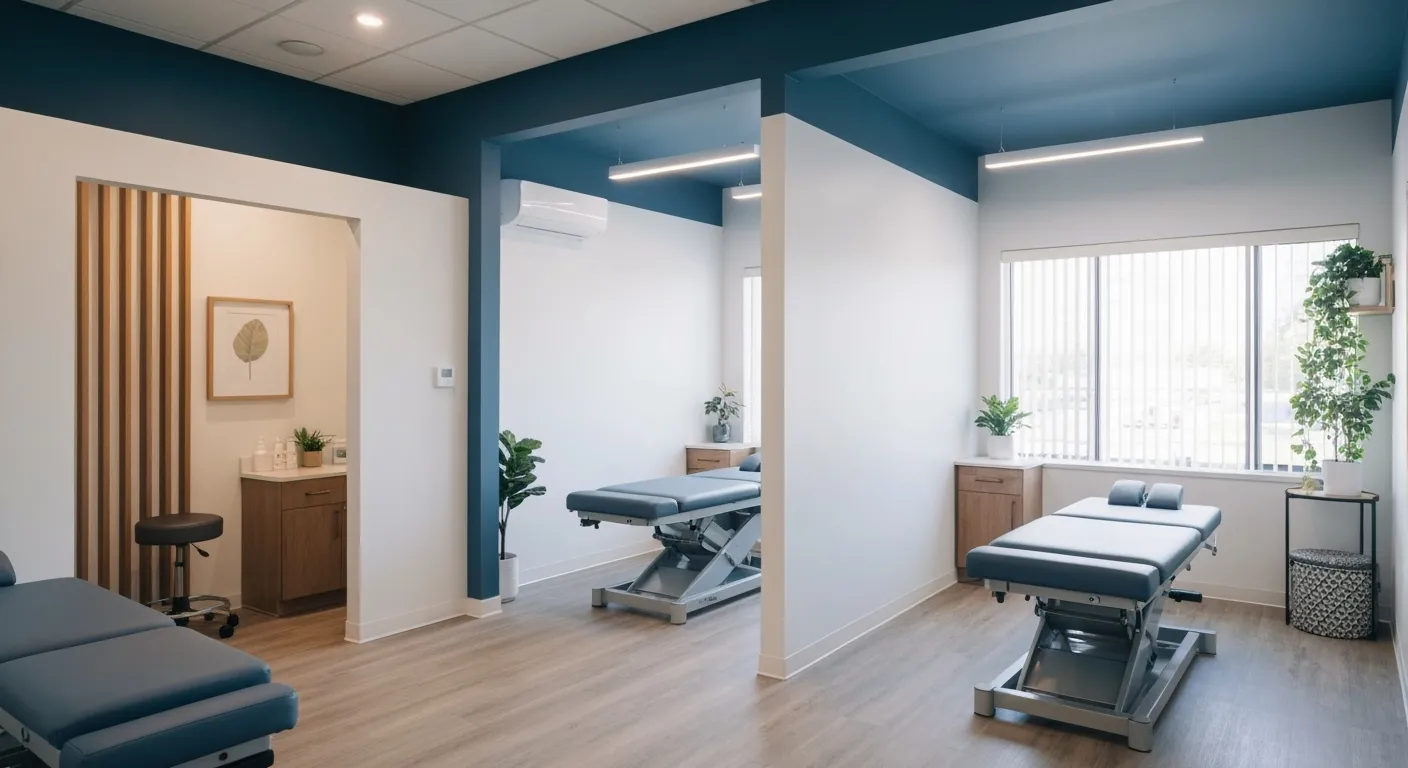
Choosing the Right Chiropractor: Key Factors to Consider Before Your First Appointment
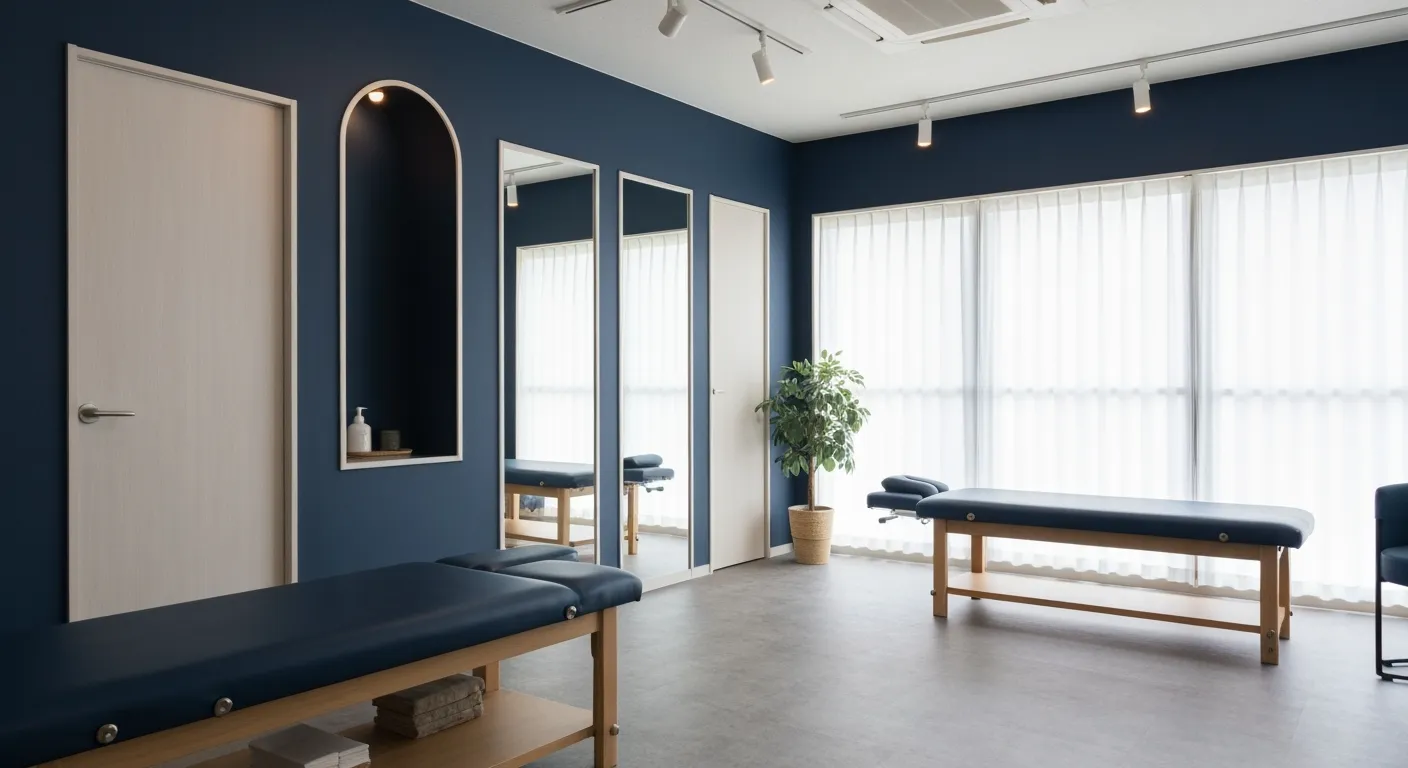
Non-Invasive Treatment Alternatives: A Holistic Approach to Pain Relief

Corrective Exercises to Support Long-Term Relief from Chronic Pain

Exploring Non-Surgical Approaches to Spine Health and Wellness

Tips for Daily Habits That Keep Your Spine Strong

Success Stories: How Chiropractic Treatments Changed Lives

Why Focusing on the Root Cause of Pain Leads to Better Outcomes
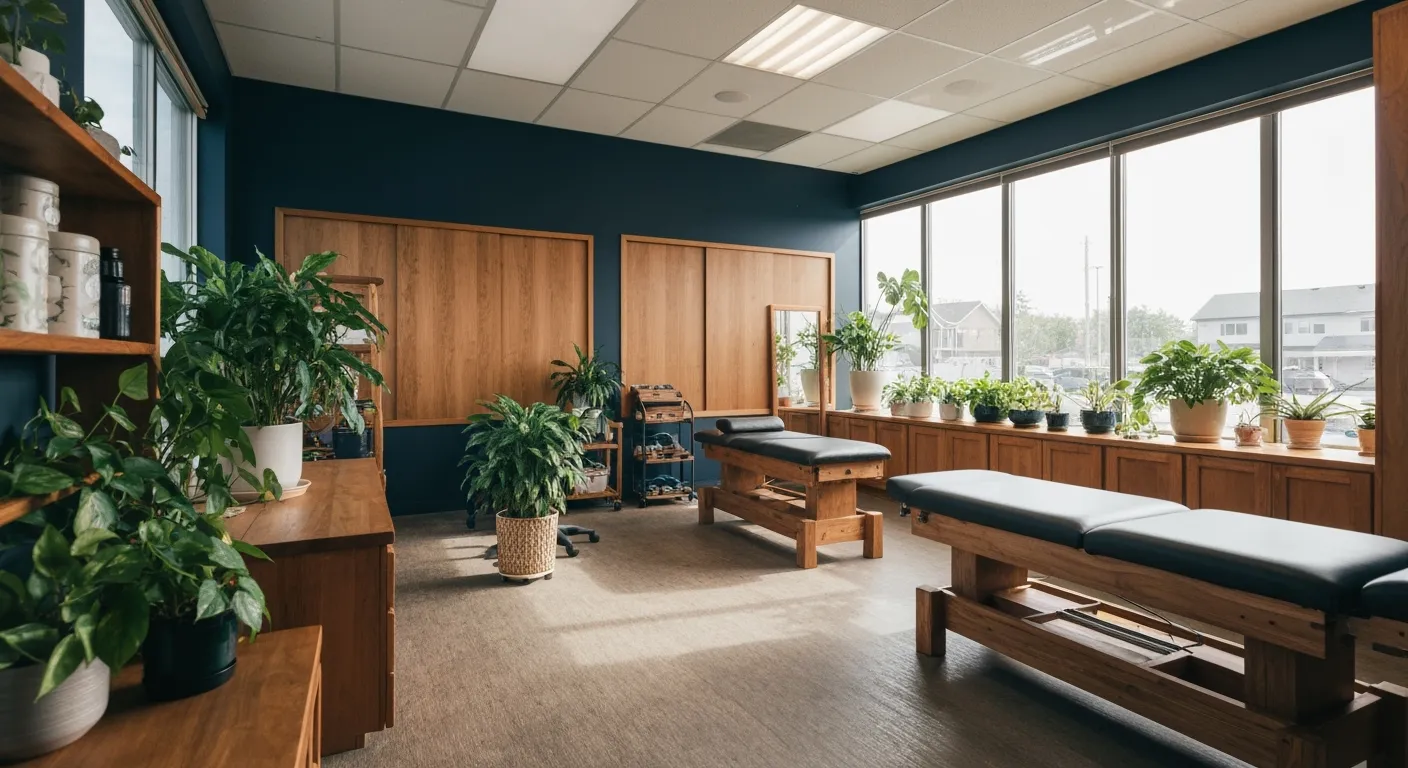
Nutritional Counseling and Its Impact on Overall Wellness and Recovery
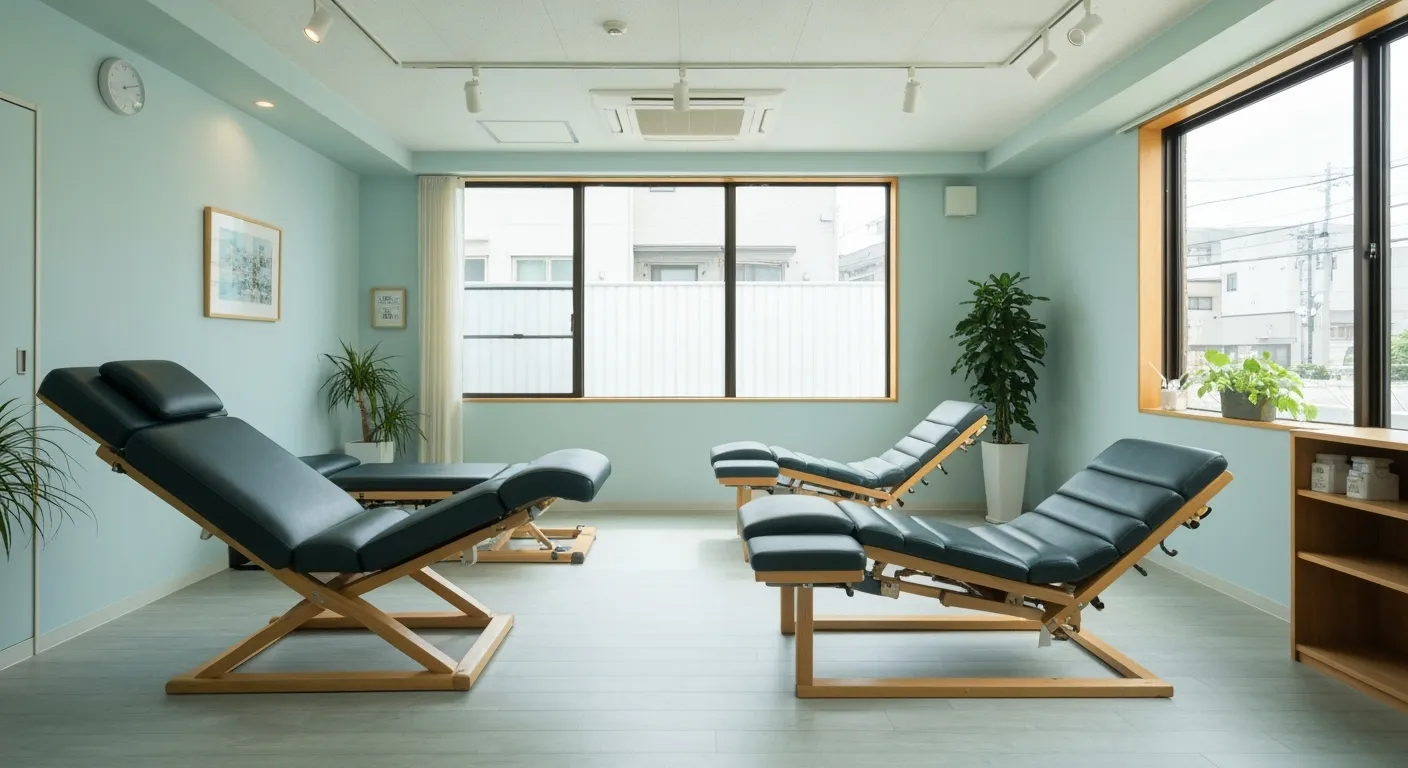
Patient Testimonials That Showcase the Power of Chiropractic Care

Preparing for Your First Chiropractic Appointment: What You Need to Know
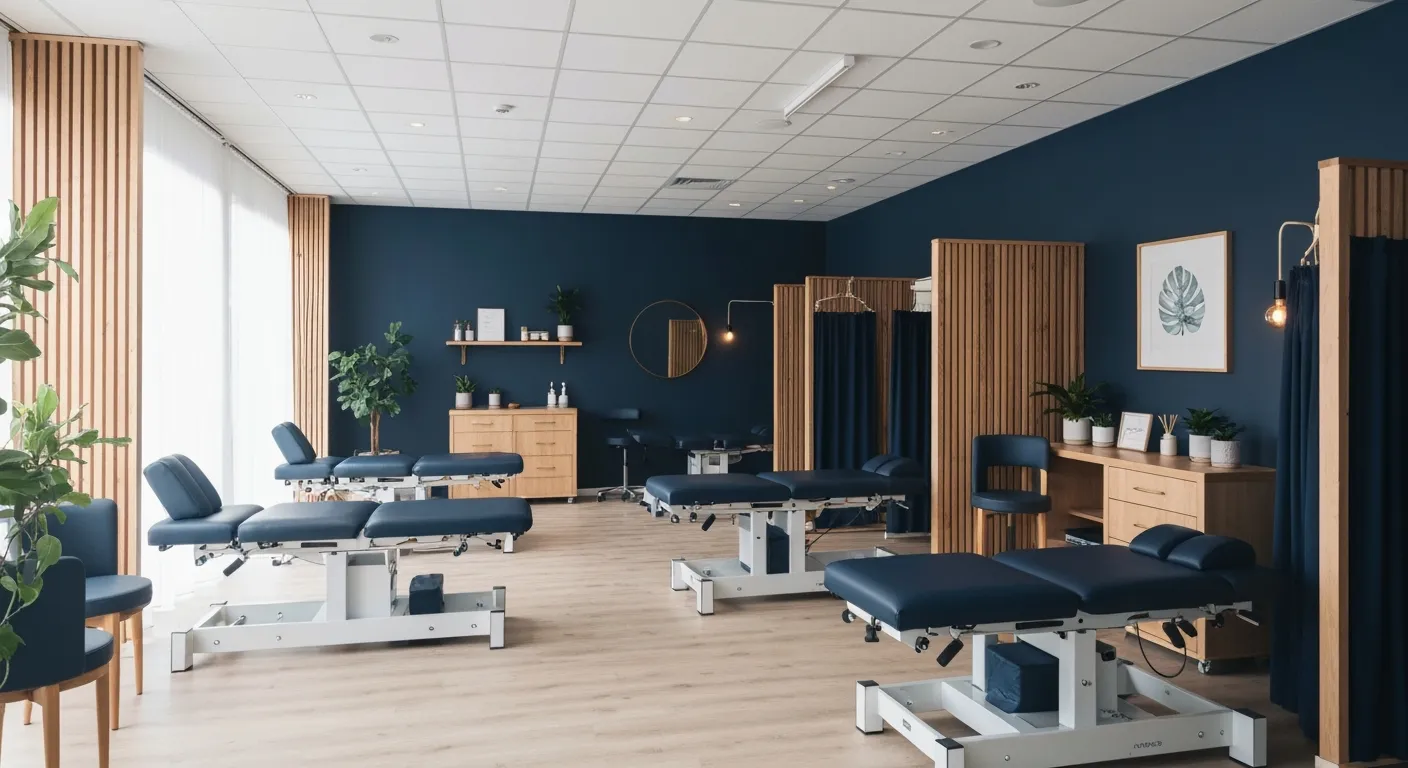
Holistic Treatment Options: Beyond Surgery for Pain Relief
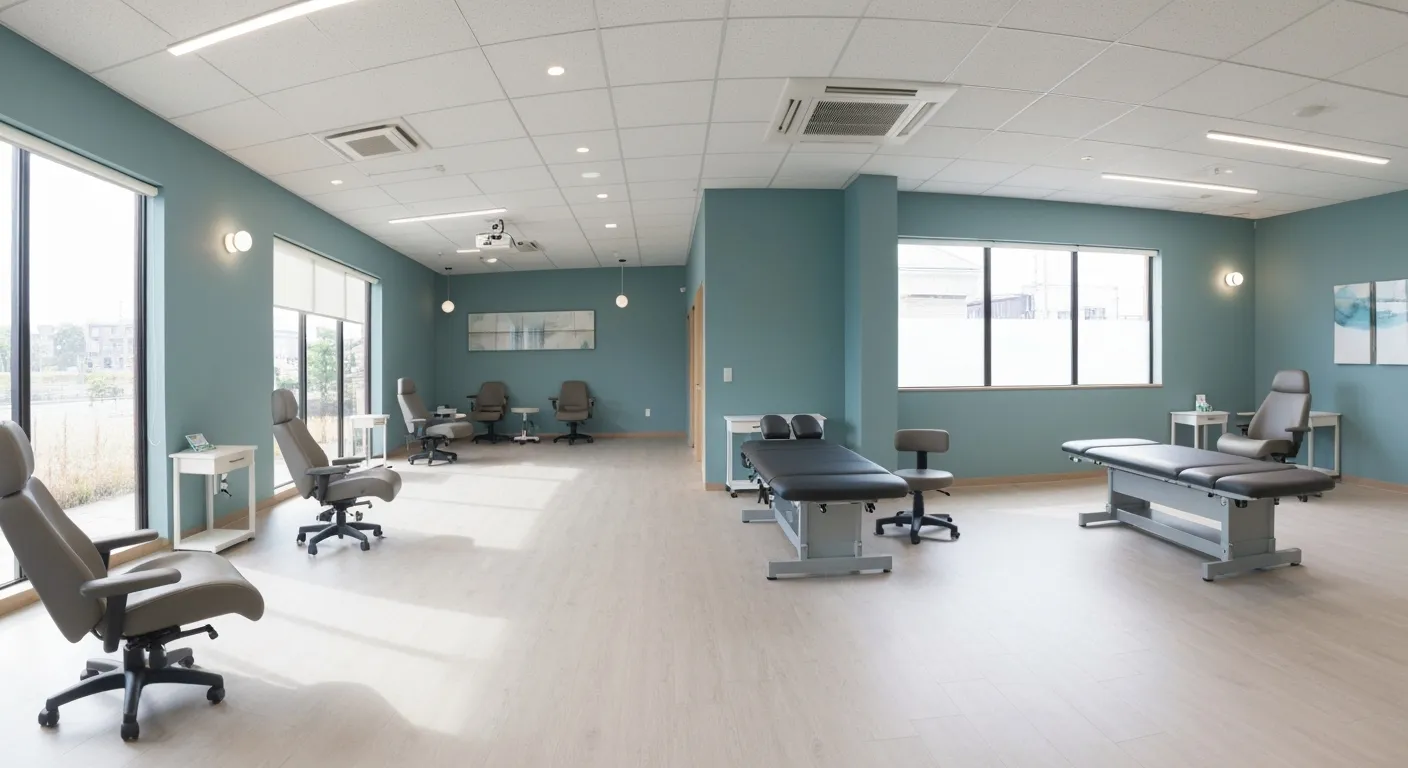
Holistic Pain Relief Methods That Avoid Surgery

Nutritional Strategies for Supporting Spine Health and Recovery
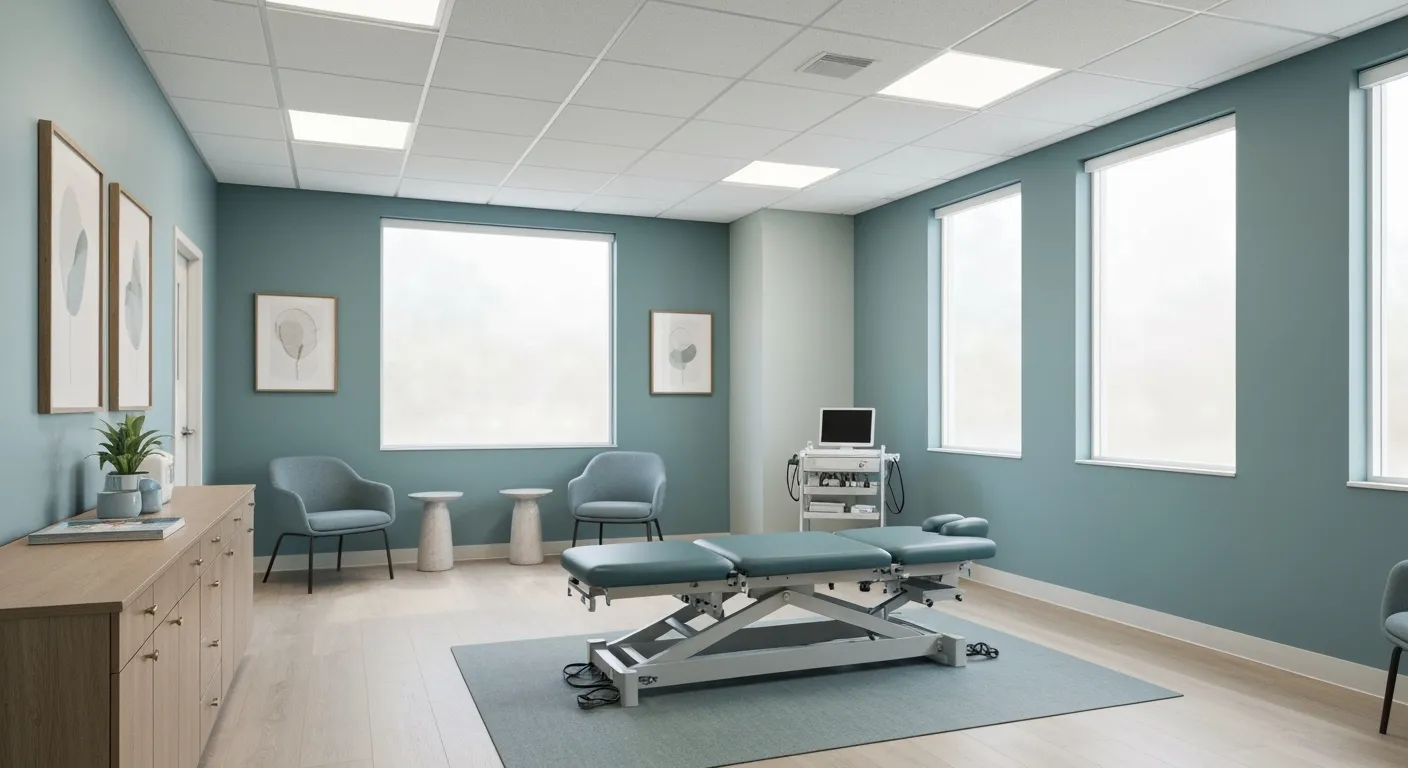
First Chiropractic Visit: What Happens and How to Prepare

Chiropractic Patient Success Stories: Inspiring Journeys to Wellness
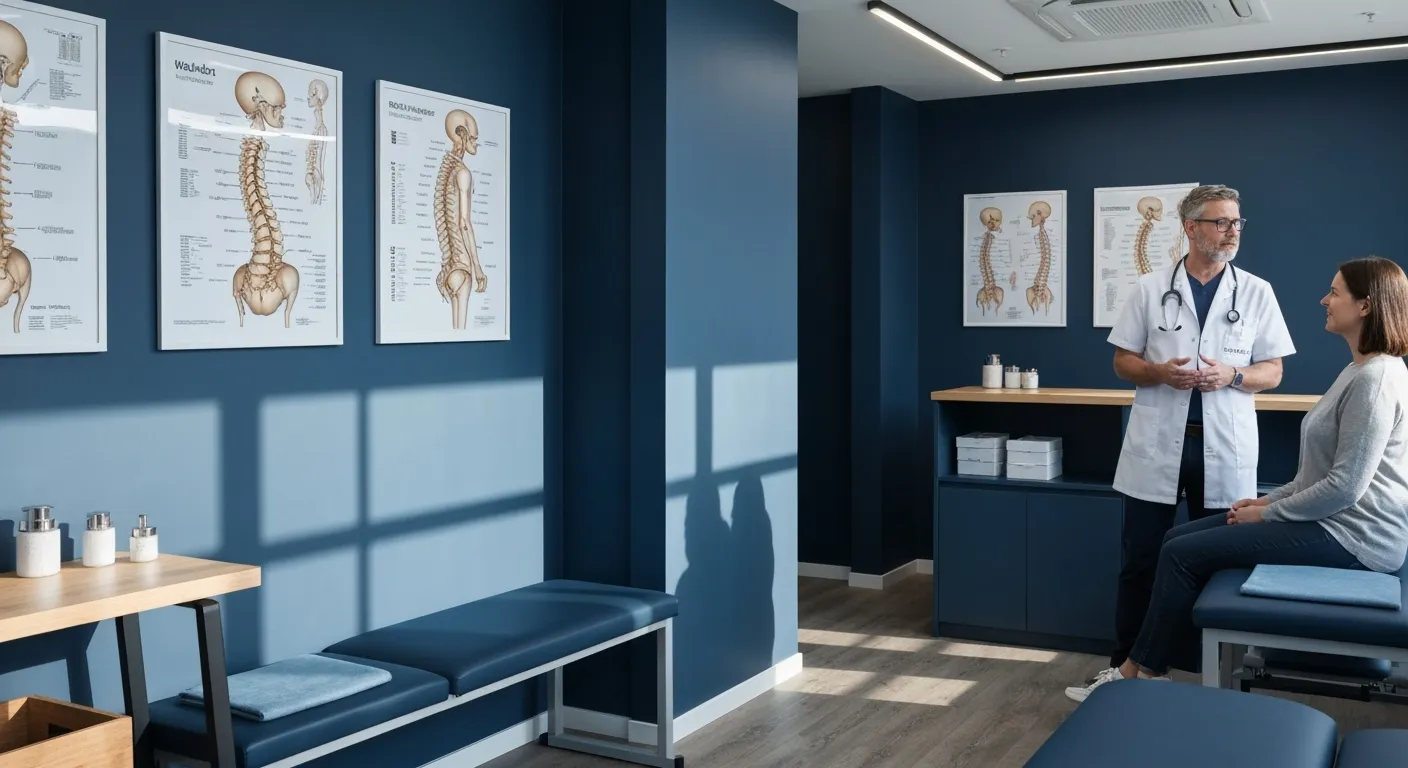
Effectiveness of Spinal Decompression Therapy in Managing Sciatic Nerve Pain

Addressing Pain at Its Source: Why Treating the Root Cause Matters

Corrective Exercise Programs Designed for Long-Term Pain Prevention

Healthy Lifestyle Advice for Maintaining Spinal Alignment
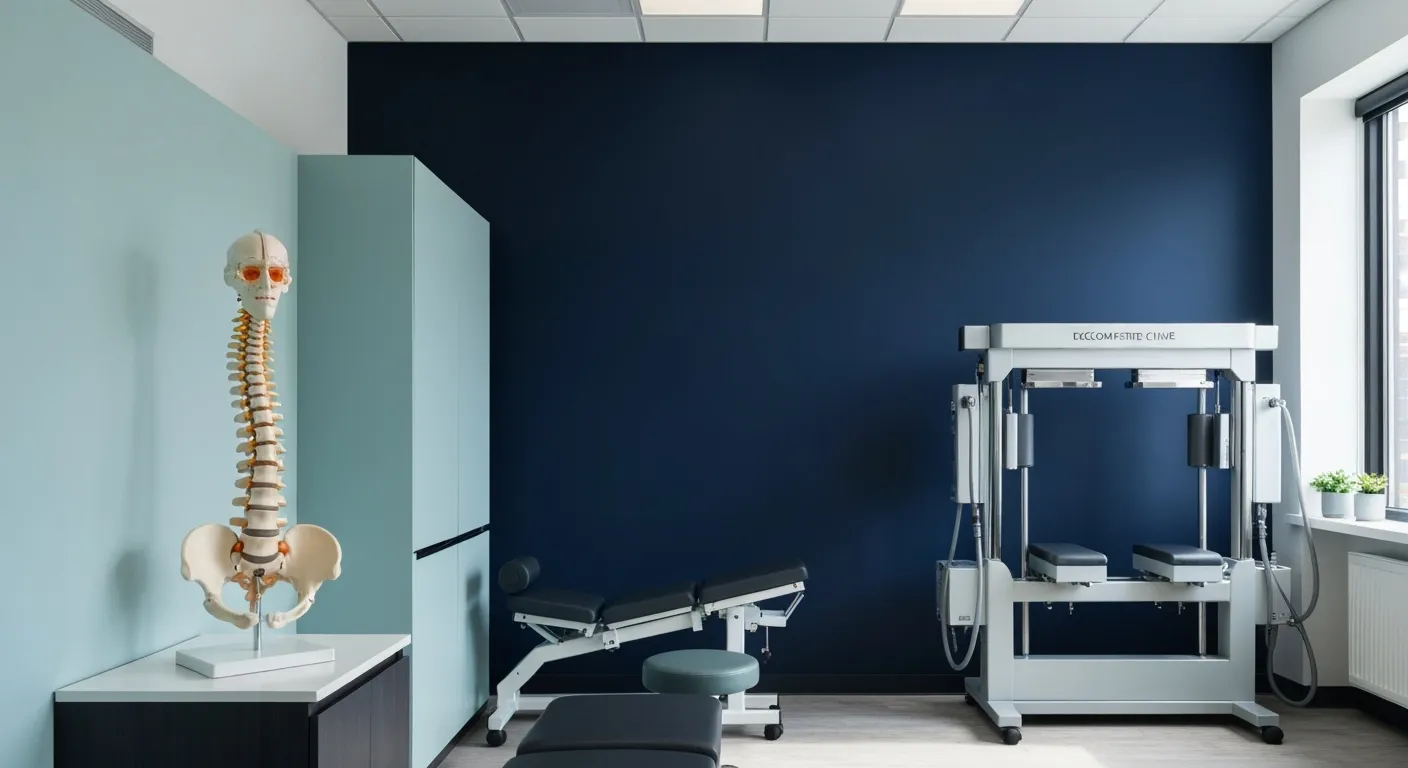
Understanding Spinal Decompression as a Treatment for Sciatica Pain
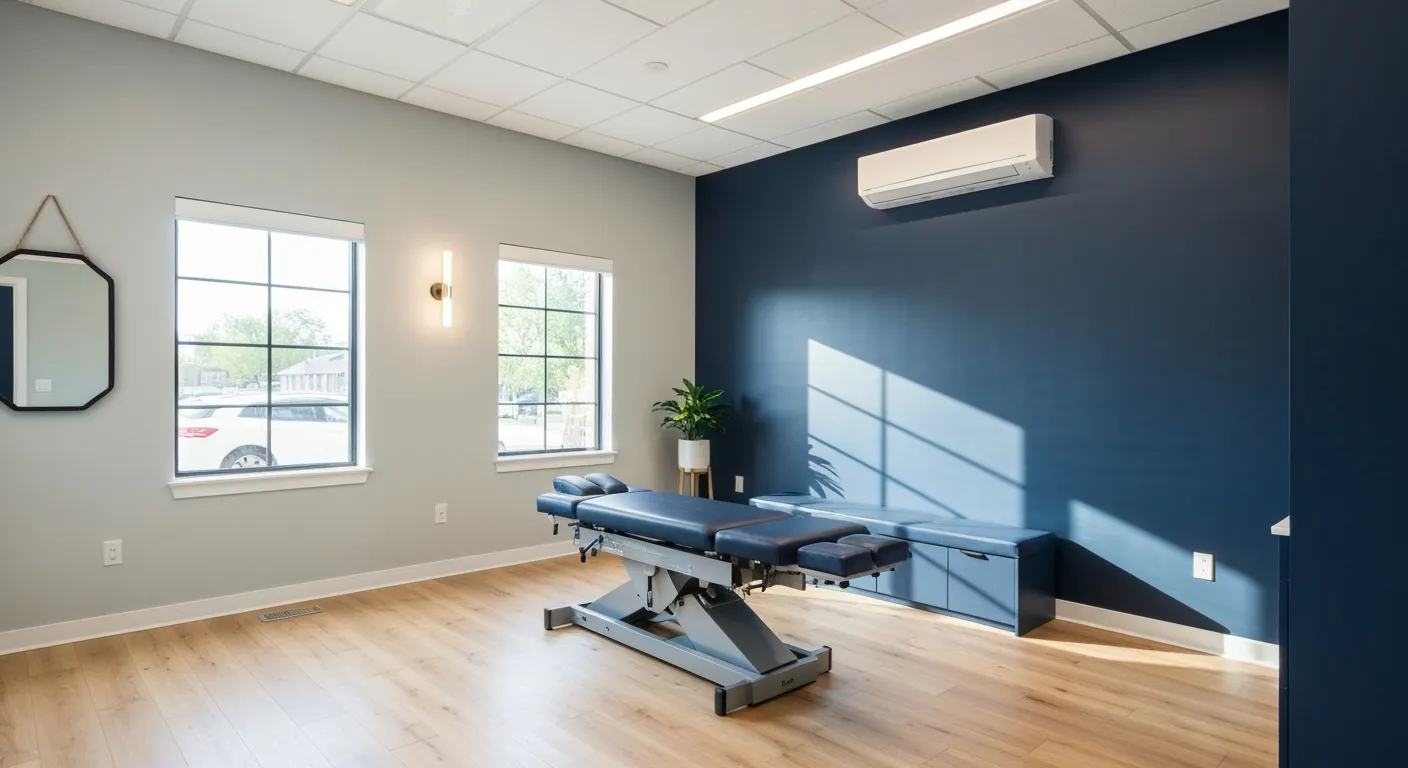
Benefits of Chiropractic Care Specifically for Back Pain Relief

Understanding Gait Analysis in Physiotherapy
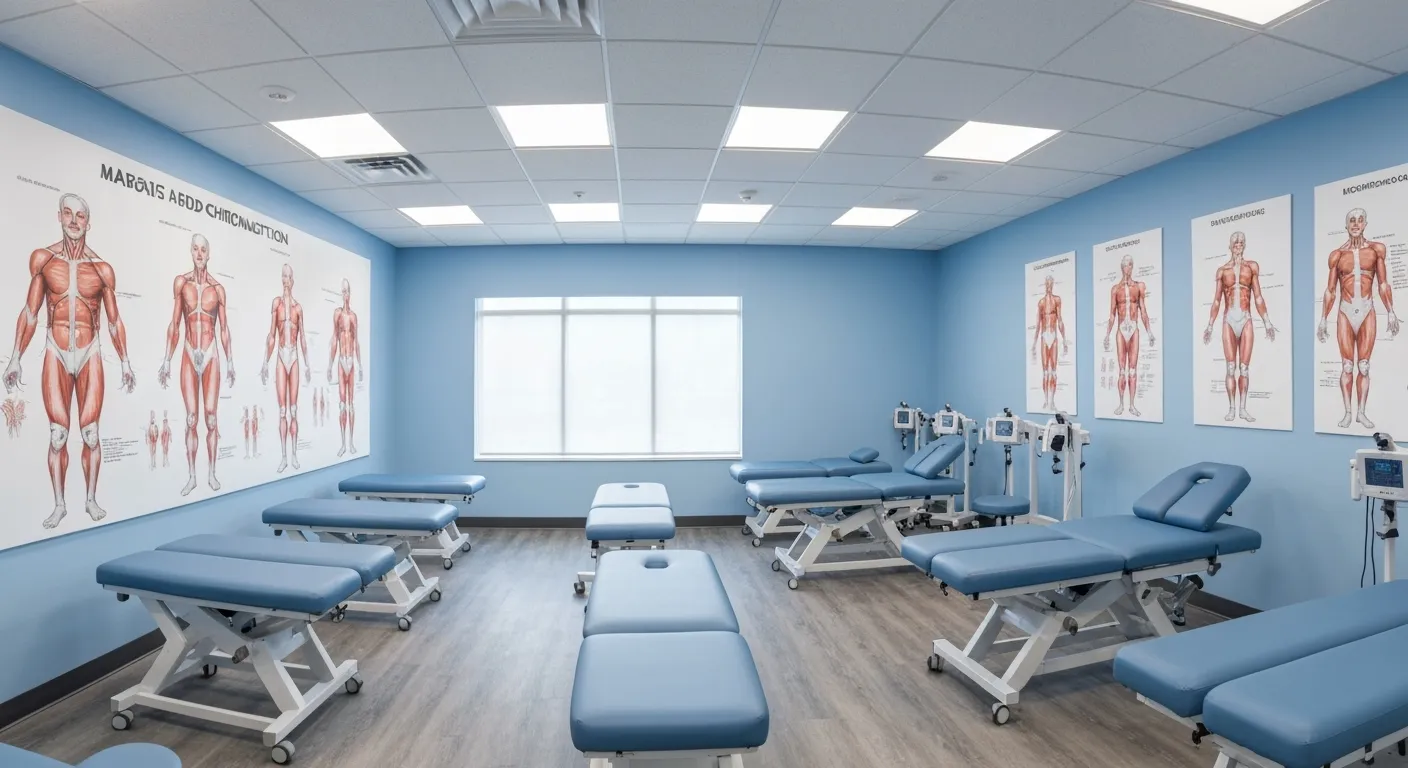
The Difference Between Muscle Soreness and Dysfunction

Workplace Stress Statistics: How Muscle Tension Impacts Productivity
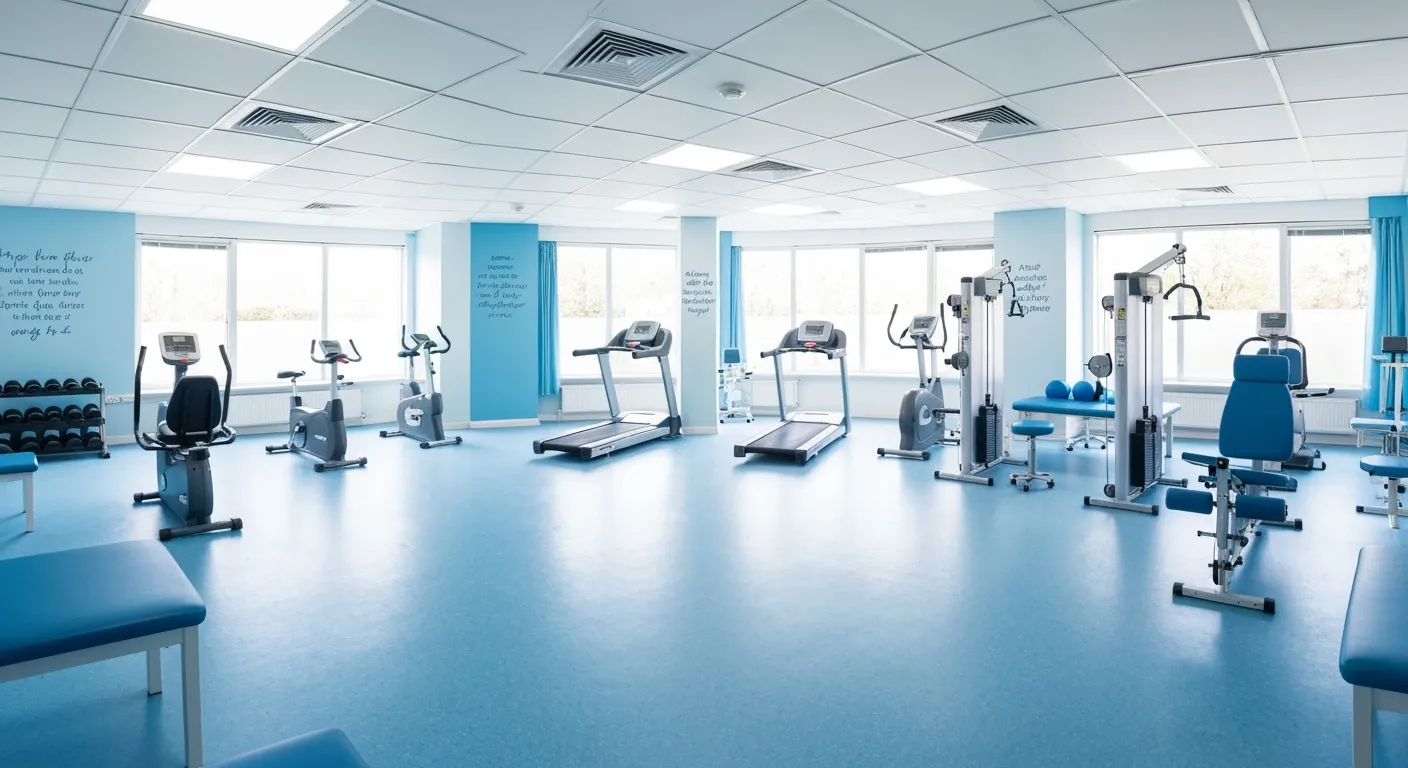
How Physiotherapy Improves Mobility for Seniors

How to Communicate Pain Levels to Your Therapist Effectively
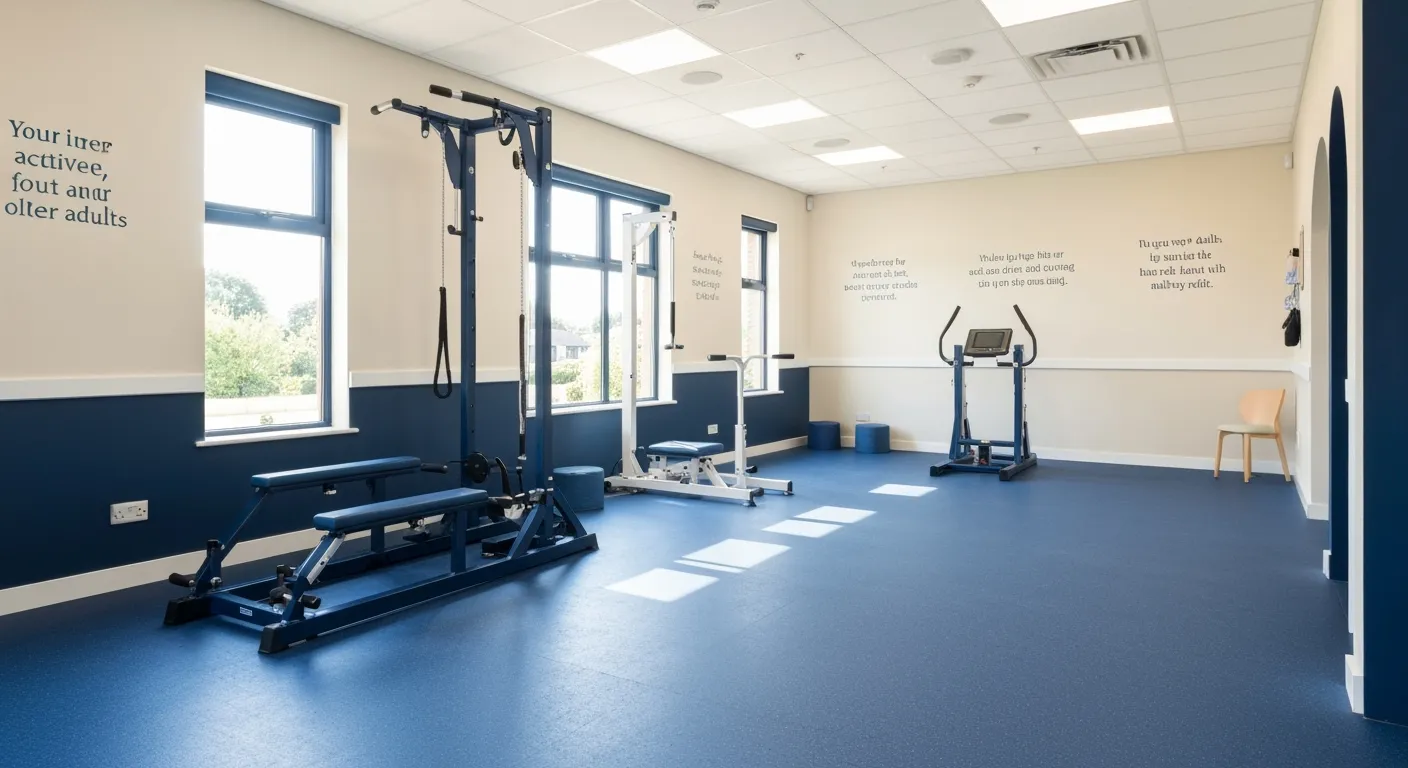
Physiotherapy Interventions for Balance and Fall Prevention

How Physiotherapy Helps Post-Surgical Recovery

